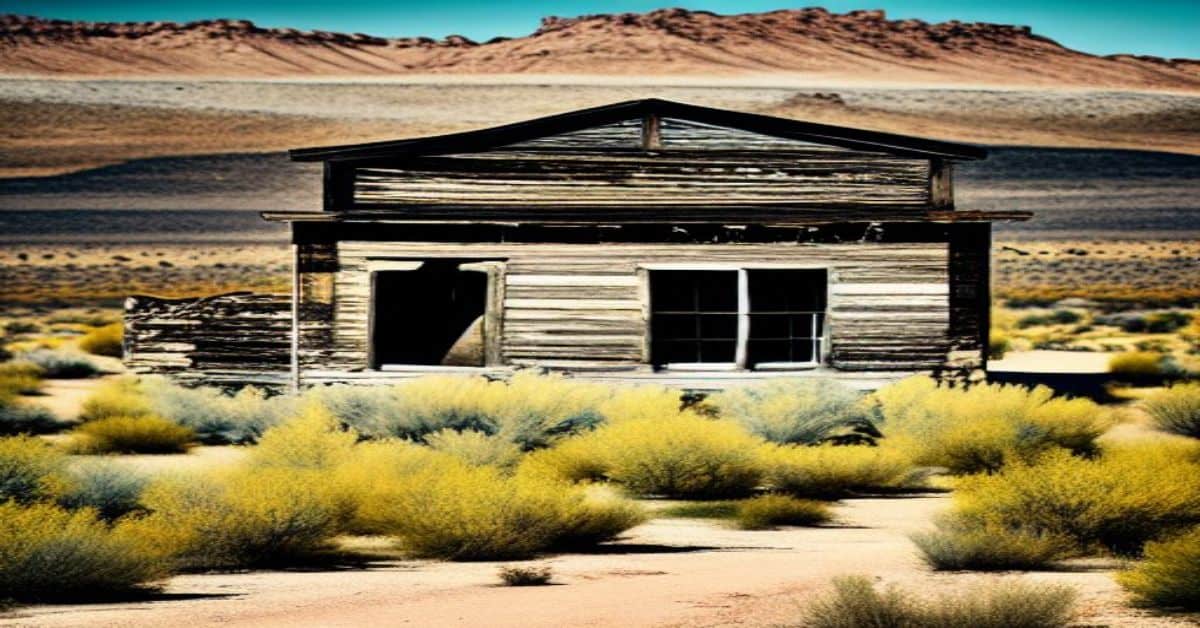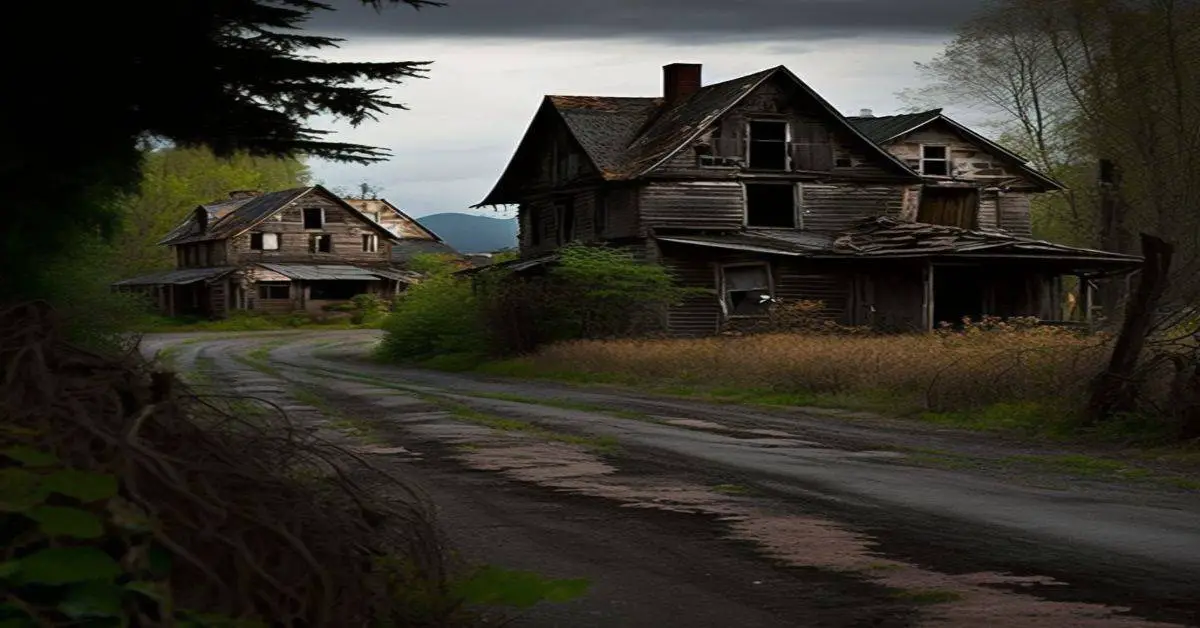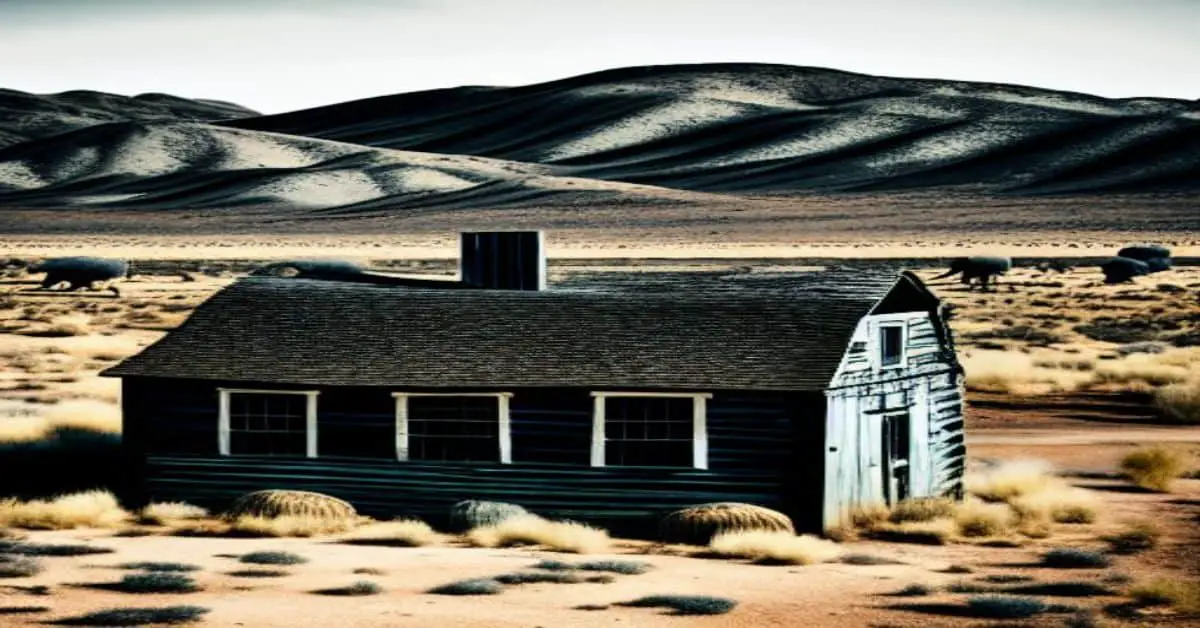Montana’s Southern Cross ghost town is a fascinating destination for history enthusiasts and nature lovers. Located in Deer Lodge County at an elevation of 7000 feet, the town offers stunning views of the continental divide and Georgetown Lake.
Founded during Montana’s gold rush in the mid-1860s, Southern Cross began as a mining claim and later saw a surge of newcomers in the fifties and sixties who restored abandoned dwellings. Despite uncertain land titles, Southern Cross boasts a close-knit community with potluck dinners, community saunas, and music festivals.
The town’s residents have agreed to minimal leases, and Magellan Resources owns most of the mineral claims. With wildlife sightings of moose, elk, and bald eagles, Southern Cross is a unique destination that provides a glimpse into Montana’s rich history and natural beauty.
This article will explore the location and environment of Southern Cross, its rich history and rail service, and the town’s community and preservation efforts.
Key Takeaways
- Southern Cross was founded during Montana’s gold rush in the mid-1860s as a mining claim and became one of the largest and most prosperous towns in the area.
- Despite uncertain land titles, Southern Cross boasts a close-knit community with potluck dinners, community saunas, and music festivals, and community preservation efforts have played a crucial role in maintaining the town’s heritage.
- Southern Cross offers stunning views of the continental divide and Georgetown Lake, and wildlife sightings include moose, elk, and bald eagles.
- Despite being considered a ghost town, Southern Cross remains a unique and special place for history enthusiasts and nature lovers.
Location and Environment
The location of Southern Cross, a Montana ghost town, is situated in Deer Lodge County at an elevation of 7000 ft. Despite being a ghost town, the area is still accessible by 2WD accessible roads and boasts a warm summer climate. However, heavy snowfall from October to June can make it challenging to visit during the winter months.
In addition to its historical significance, Southern Cross offers many tourism opportunities. The area is known for frequent wildlife sightings, including moose, mule deer, elk, porcupines, foxes, raptors, lynx, rainbow trout, herons, and bald eagles. Visitors can also enjoy fishing in Georgetown Lake or interacting with the Butte ice-fishermen.
With its stunning views of Montana’s continental divide, Southern Cross is a must-visit destination for anyone interested in exploring Montana’s rich history and natural beauty.
History and Rail Service
During Montana’s gold rush in the mid-1860s, Southern Cross began as a mining claim. The town was established to support the mining operations and quickly grew as more people arrived to work in the mines. The mining industry had a significant economic impact on the region, and Southern Cross became one of the largest and most prosperous towns in the area.
In the early 1900s, rail service was provided by the Sundown Limited from Butte to Southern Cross. The rail service was essential for transporting goods and equipment necessary for the mining operations. However, the mining industry eventually declined, and the town’s population decreased.
Today, Southern Cross is considered a ghost town, but the town’s history and rail service remain an important part of Montana’s history.
Community and Preservation
Community preservation efforts have played a crucial role in maintaining the close-knit atmosphere of Southern Cross. Despite being an endangered town, residents have come together to organize various events such as potluck dinners, community saunas, and music festivals to foster a sense of community and unity. These events provide a platform for residents to interact, share stories, and strengthen their bonds.
The town’s rich history and unique charm have attracted newcomers who have restored abandoned dwellings, adding to the town’s unique character. Preservation efforts have also been made to protect the town’s historic buildings, with many still standing. The St. Timothy’s Chapel, built by the Anaconda company, is a testament to the town’s mining history and is still used today.
However, the uncertain land titles have made it challenging to preserve the town fully. Magellan Resources owns most mineral claims, and residents have agreed to minimal leases. Despite this, the community’s determination to preserve their town’s heritage remains strong, and their efforts have helped to ensure that Southern Cross remains a unique and special place to visit.
Frequently Asked Questions
What were the main types of minerals mined in Southern Cross during its heyday?
The mining industry in Southern Cross during its heyday focused on the extraction of major minerals, including gold, silver, copper, lead, and zinc. Mining had a significant economic impact on the town, providing employment and generating revenue.
How did the town get its name and what is its significance?
The town of Southern Cross was named after the Southern Cross constellation, which was visible in the night sky. The town’s founder chose the name, and it holds cultural significance as a symbol of exploration and adventure.
Are there any notable legends or ghost stories associated with Southern Cross?
No famous hauntings or ghost stories are associated with Southern Cross. However, its historical significance as a mining town during Montana’s gold rush and its close-knit community make it an intriguing destination for visitors.
How has the heavy snowfall in the area affected the preservation of the town’s buildings?
Exploring Snowy Southern Cross presents challenges in preserving the town’s buildings due to heavy snowfall from October to June. The harsh climate requires ongoing maintenance and restoration efforts to protect the historical ruins from deterioration.
Are there any unique local traditions or customs that visitors should be aware of when visiting Southern Cross?
Visitors to Southern Cross should be aware of the town’s close-knit community, which holds potluck dinners, community saunas, and music festivals. They may also encounter unique local customs and cultural practices during their stay.


